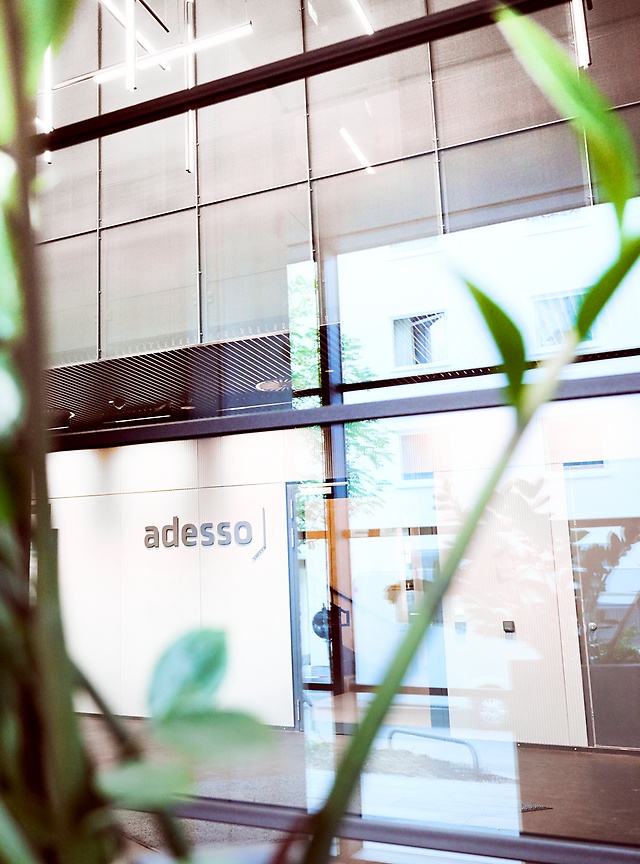8. December 2023 By Dr. Olaf Neugebauer
The three pillars of an IoT factory
My colleague Ainara Novales described the vast potential that using IoT solutions and smart products can offer companies in her blog post entitled ‘IoT-enriched digitised products – how producers generate internal value’. She also created an accompanying guide for manufacturers. In addition to the technical requirements outlined here, however, there are a number of organisational challenges that need to be overcome:
- How do individual employees at the company define IoT?
- How is IoT understood in basic terms by people across the company?
- Where does IoT start and where does it end at the company?
- Who is responsible for IoT solutions?
- What added value does the company expect to generate from IoT?
Answering these questions is important, but it is not enough on its own.
If you want to develop viable, successful solutions over the long term and also be able to evaluate and channel the potential of the Internet of Things, IoT needs to be strategically anchored at your organisation. This is where the IoT factory comes in handy.
From here on out, I will use the term ‘IoT’ as a stand-in for intelligent, networked devices, which are often also referred to as smart products or smart connected products.
What is an IoT factory?
An IoT factory is not so much a stand-alone department as it is a methodical approach that encompasses all key organisational aspects as a way to aid efforts to centralise the operation of IoT systems at a company. It acts as a thread that links the business unit, the innovation department and the technology, with the focus on optimising the use of the IoT solution. As such, an IoT factory represents an IoT integration strategy.
Under adesso’s definition, an IoT factory systematically uses a three-tiered structure, which we refer to as the ‘three pillars’.
Pillar one: the team
This first pillar is the most important one in that it determines whether the ‘IoT factory’ method fails or succeeds. The method involves setting up an interdisciplinary (virtual) team that is firmly integrated in all departments as a central point of contact for all projects focused on IoT applications.
Experts from across all company departments perform defined roles and duties that are important for the success of the project. Internal expertise is thus pooled and harnessed to meet the company’s goals.
These experts have a wide range of responsibilities that include:
- Documenting the current situation through to identifying and recommending relevant IoT technologies
- Technical specification and design through to day-to-day operation
- Organisational changes through to strategic anchoring.
Pillar two: the processes
The second major pillar involves establishing processes. Existing processes must be mapped, optimised or new ones introduced within the team described above. This covers a wide range of topics:
- Strategy – innovation and innovation management, mobilisation, products and services
- Delivery – developing services such as guidance on transfer technology/implementation, QA processes or firmware management
- Enabling – empowering employees and specialist units, coaching/mentoring, training, methodology, agility
- Security – implementing and complying with security policies, security checks, mass updates of IoT devices or compliance with regulations such as frequency band licences
All necessary processes should be jointly specified and implemented, always based on the requirements, general parameters as well as the experience and best practices of the relevant experts. Implementing agile processes and methods helps to make progress more transparent and offers the best opportunity to adjust priorities and parameters.
Pillar three: the external impact
The third main pillar of an IoT factory could be described as communication or internal marketing. As obvious and simple as this may sound, a holistic IoT strategy must be communicated throughout the company. The IoT factory unit at the organisation must have a high profile so that it is absolutely clear that it is the central point of contact in all matters relating to IoT.
Above all else, the IoT factory team should have an active presence, be that through regular information events, posters, printed USB sticks and so forth. This may seem trivial, but it plays a major role in creating a strong profile within the company over the long term, transforming it from something ephemeral or fleeting into an organisational unit anchored in the company.
The IoT factory: not a guaranteed success, but an opportunity to achieve long-term change
As simple as it may sound, the methodology underlying the IoT factory is not a sure-fire success. It takes planning and the deployment of resources to make it succeed. If not enough resources are allocated and the IoT factory lacks a clear focus or is not promoted across the company, it will fail, like any other project and initiative of this nature.
However, if done right with a strong focus on pooling all activities in and around IoT at a central unit, an IoT factory clearly has the potential to be successful and contribute to the digital sustainability of the company over the long term.
You can find more exciting topics from the world of adesso in our previous blog posts.
Also intersting

